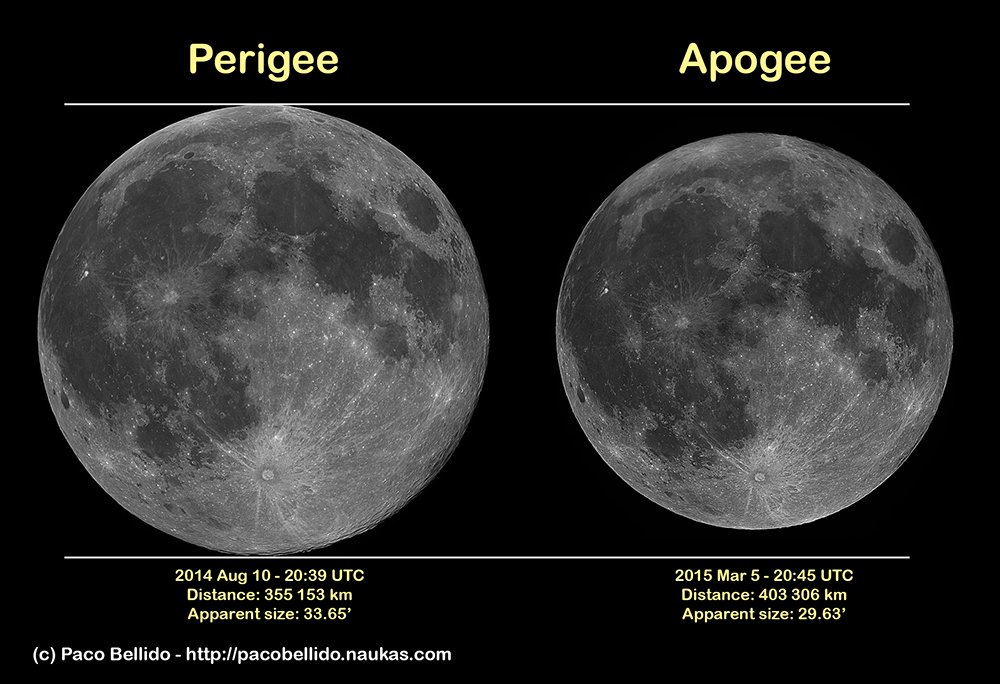‘Super Moon’ to light up the skies on Monday

THIS MONDAY, 14 NOVEMBER we will be treated to a ‘Super Moon’ – a full Moon that is closer to Earth than average, therefore appearing much brighter and larger in the sky than normal.
As a result of its elliptical orbit, the Moon’s distance from Earth at any point varies considerably. According to NASA, the Moon’s average distance from Earth is roughly 385,000km.
“When the orbit is closer to us we call it perigee and when its farthest it’s called apogee,” explained Tayyaba Zafar, a Research Astronomer at the Australian Astronomical Observatory (AAO).
The difference between a perigee and apogee Moon can vary as much as 48,000km. On Monday, the full Moon will be 356,536km from Earth – almost 30,000km closer than average.
The scientific term for a Super Moon is perigee-syzygy. Syzygy refers to the alignment of the Earth, Sun and Moon. Perigee-syzygy is when the Moon is on the opposite side of the Earth from the Sun, during a close approach of the Moon, such as on Monday. The result is an unusually big and bright full Moon.
“The Super Moon is normally 12 to 14 per cent larger and 25 to 30 per cent brighter than the normal full Moon,” said Tayyaba.

The Moon has an elliptical orbit. When it makes its closest approach, it is called perigee, when it is farthest away from Earth it is called apogee. (Source: Paco Bellido)
We’re particularly lucky this year, as the phenomenon will occur again on 14 December, although the Moon won’t be as close or appear as large as what we can expect to see on Monday.
In fact, after Monday the Moon will not come this close to Earth again until 26 November 2034, when its distance will be 356,472km – 64km more closer than Monday’s Super Moon.
However another Super Moon will occur on 2 January 2018 at 356,584km from Earth, “still 48km farther than the upcoming one,” said Tayyaba.
A good time and place to see Monday’s Super Moon would be at dusk, somewhere with an uninterrupted view to the east, such as an east-facing beach.
That’s because the Moon can appear up to three times larger at the horizon, a result of an optical trick known as the ‘Moon illusion’, as Fred Watson, Head of Lighting and Environment at the AAO and an AG columnist, explained.
VIDEO: NASA Goddard
READ MORE:
- How to photograph the Moon
- VIDEO: Amazing full Moon rise over New Zealand
- What colour is the Moon?
- Rainbows and moonbows




